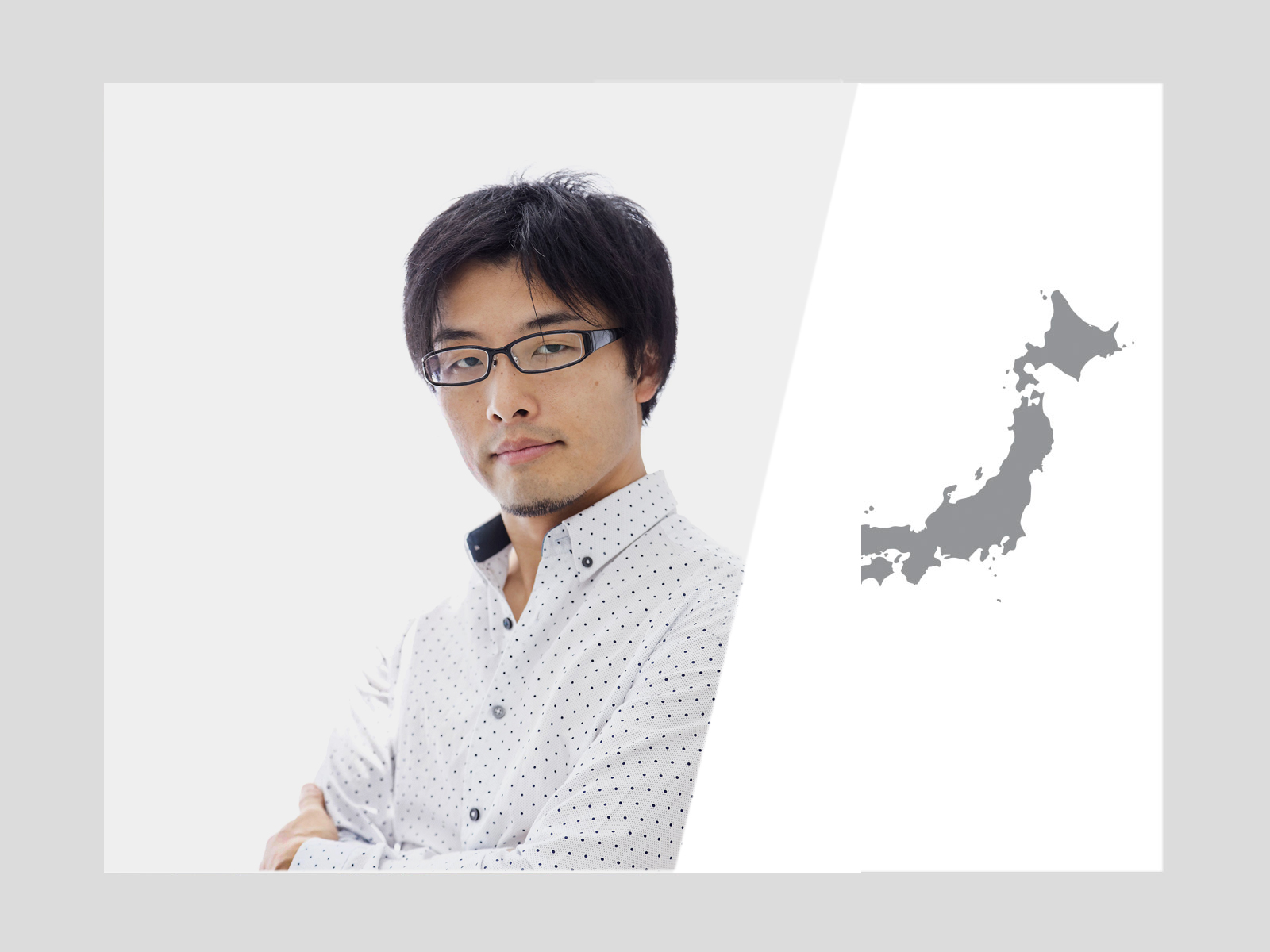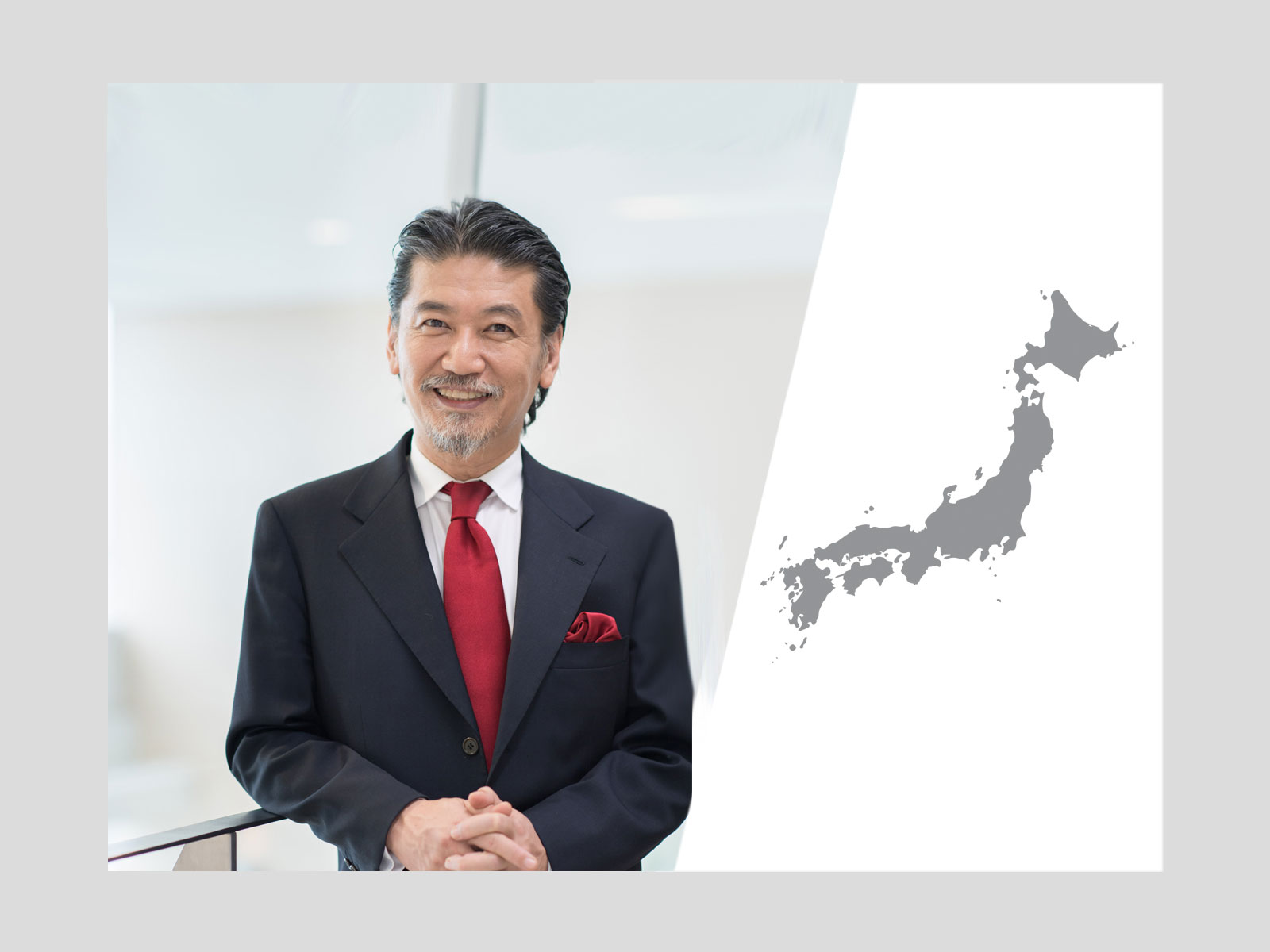BN: Cerevo is a young, but highly innovative company. You founded the company back in 2008 and since then the company experienced dynamic growth and now employs almost 100 employees and its products are present in more than 60 countries worldwide. In light of this entrepreneurial success story, can you please give the readers of DIE WELT an insight into the Cerevo story and share with them what you consider the key drivers behind your company’s excellent track record within the first 10 years since its inception?
TI: Yes, this is true, currently our products are exported to over 60 countries; however, this number is rising quickly.
I think to understand the success of Cerevo we have to look at where the company is coming from. In college I studied computer science. At that time, around 1995, I was very much fascinated by the internet and the opportunities it offered. I spent a lot of my free time with internet gaming and other things related to the possibilities of the World Wide Web. I fell in love with the internet and the internet culture. Already at that time I was convinced that the internet will revolutionise society and the way human beings live. When I graduated school in 2003 there were already big internet companies are there, such as Yahoo etc.. I thought starting my career at Panasonic would be a good step, even though internet was not such a big topic for Panasonic at that time. There was no IoT, so no connection yet between physical products and the internet as we have today. I realised quickly that the internet culture and the consumer goods culture were two very separate things at that time.
Over the years I saw more and more clearly the potential that internet-based products would have; however, I was struggling a bit because in a huge company like Panasonic I felt that I couldn’t do exactly what I wanted and what I thought there was demand for in the market.
Therefore, after 5 years with Panasonic I decided to start my own company back in 2008. My idea was to combine my expertise in internet technology with my knowledge I gathered in the consumer goods industry. Cerevo was born. Our first product was an internet-connected camera, actually an internet-live-streaming camera. At that time, online-streaming was a very new thing to do, and not as well-known as it is today. Yet, given my fascination for, and my extensive know-how in internet technology; for me it was already very clear that this would become the ‘next thing’. Of course, I also had the right contacts and knew how to add value to my product, such as connecting our camera to streaming-websites to offer our customers more convenience. At that time my company had only five people.
From then on, we started launching various new products, for different groups of customers, yet always following the same strategy. In order to decide which products we should invest in and which not to, we use three criteria. On the one hand, we are looking for the “global potential” of a product, this means to find out if there is a demand for it in the global market. Then the other question we are asking ourselves is if this product is “niche” enough in order for us, as a small company to position ourselves as a leader in the respective market and not to compete with giant companie. The third criteria is of course “internet”. We have rich experience in internet technology and this gives us a competitive edge compared to our competitors, therefore we keep specialising in it and are looking for the next big trends in this field. So, overall one can say we follow a “global niche” approach in marketing internet-connected products. All of our products are niche products and don’t cater for mainstream markets; however, given that all of them have “global potential” allows us to cater for these niche markets in various countries – today over 60. Our growth objective is to raise this number up to 100 markets quickly. As an example, you can look at our latest bike product. It’s an internet-connected product, it’s a niche product, but of course bicycles are used all over the world, so there is a global potential for it. And the product is building on two recent trends, Big Data and AI.
So an integral part of our business is to identify what could be the next big internet-connected product trends. Every day we are in touch with CEOs of internet companies, invest a lot of time in researching the market, understanding the industry and business news, etc. From a production point of view, our business model is the same as that which, for instance, we think Apple is based on. All our devices are designed and developed by us in-house, however they are assembled in China.
BN: How do you market your products?
TI: Once we have a product and we know that there is a market for it, we follow a rather straightforward approach to market it. We visit the most important trade showsall over the world and showcase our products there. Due to the uniqueness – or some people would also call it distinctive characteristic – of our products we usually manage to get a lot of attention from the visitors of the shows and also from media, what of course is helpful for us. Normally our targets for trade shows are twofold. As for one, we are looking for media attention, and on the other, we are looking for new partners. For instance, we are looking for distribution partners that have the know-how and the network to distribute our products in the market. On the other hand, at CeBIT in particular, we were also looking for system integrators to jointly add value to our products.
BN: At this year’s CeBIT your company stood out as a young Japanese start-up combining quality, innovation and out-of-the-box-thinking, which fascinated the visitors of the fair and was echoed in the German press. How do you assess the success of the CeBIT fair for your business?
TI: Yes, we got media attention, which of course was a great thing for us. However, I also have to say that CeBIT as a B2B trade-show was still not the type of show we were focusing on at the first place; even though it was a good experience. We are more focused at the B2C shows at the moment. But given that Japan was the official partner country of CeBIT we thought it might be a good opportunity for us. The response from CeBIT was good, but not as extraordinary as it could be because of that. Yet, we also understand that this was our first time at CeBIT and we have learnt in other shows that it usually takes some time to fully embrace the potential of a show. So we are looking at the next CeBIT with a lot of enthusiasm and are convinced we will get even more attention next time.
BN: What potential overall do you see for your company in Germany?
TI: CeBIT was not the first time we have exhibited in Germany. Two years ago we exhibited at IFA in Munich. Also on a private level I have been giving speeches at Tech-Conferences in Germany. I see a lot of potential for our products in Germany. My experience with Germany showed me that Germans highly value the quality of a product, which also reflects our philosophy as a company. Also, I sense that Germans are very open to new trends and products that are ahead o time. So, what we realise whenever we go to Germany is that there is a natural acceptance for our type of products in the market and people see the added value of it. I also see Germany not as an isolated market,I see it as Europe’s economic powerhouse in a way. Germany can also serve as an ideal effective stepping stone for us to expand in other markets in Europe.
BN: I came across an interview of you from 2015 in which you “We have to learn how to build a high value brand.(…). We aim for a high value brand like Ferrari or TAG Heuer.” Along these lines, how are you building your brand?
TI: Of course, you cannot compare our brand with iconic brands such as Ferrari or TAG Heuer. What we have in common today with a brand like Ferrari is that we are both catering to a niche market. Ferrari, of course constitutes, but at the same time limits its demand by the high price of its products. We are not doing this, our market is limited by other factors, such as the question of if a customer sees an added-value in our products or not. What I wanted to stress here though is that we as a company need to be striving for more brand recognition among our potential customers. We want Cerevo to stand for quality products, but also for products that are not standard ones, but some that are ahead of the trend, or rather a little bit crazy. This is what we want to stand for – a high value brand in terms of the products we deliver. With that said it might be better to compare us with brands like Salomon, the ski brand, or Brembo, the company that produces cutting-edge brake pads that you find in cars like Ferrari or Porsche today. These two brands are very well-known among people who have a special interest for skis or cars; however, people outside of these groups may not even recognise the brand name. We as Cerevo are striving for the same. What is required to build a strong brand? From my point of view it is not rocket-science, it is quite simple: We have to deliver top-notch products. We need to satisfy our customers with innovative and high-quality products. In terms of brand image, I would like our customers to perceive us as the “crazy hardwar start-up company from Japan who delivers the first-class quality”.
BN: Can you unveil to our readers some of the new products that you are working on at the moment?
TI: At the moment we are looking into, for example, the concept of “third and fourth arm solutions for human beings”. We are looking at devices that give human beings a third or even a fourth arm and help them in doing manual labour. Many cases while doing manual work one of our arms is used to hold things in place. With our device you can easily use one of these additional artificial arms to do this work and the user has both arms available to do other work. The concept is not completely new; some universities are already researching in this field. However, our product might be the first available hardware for end-users.



